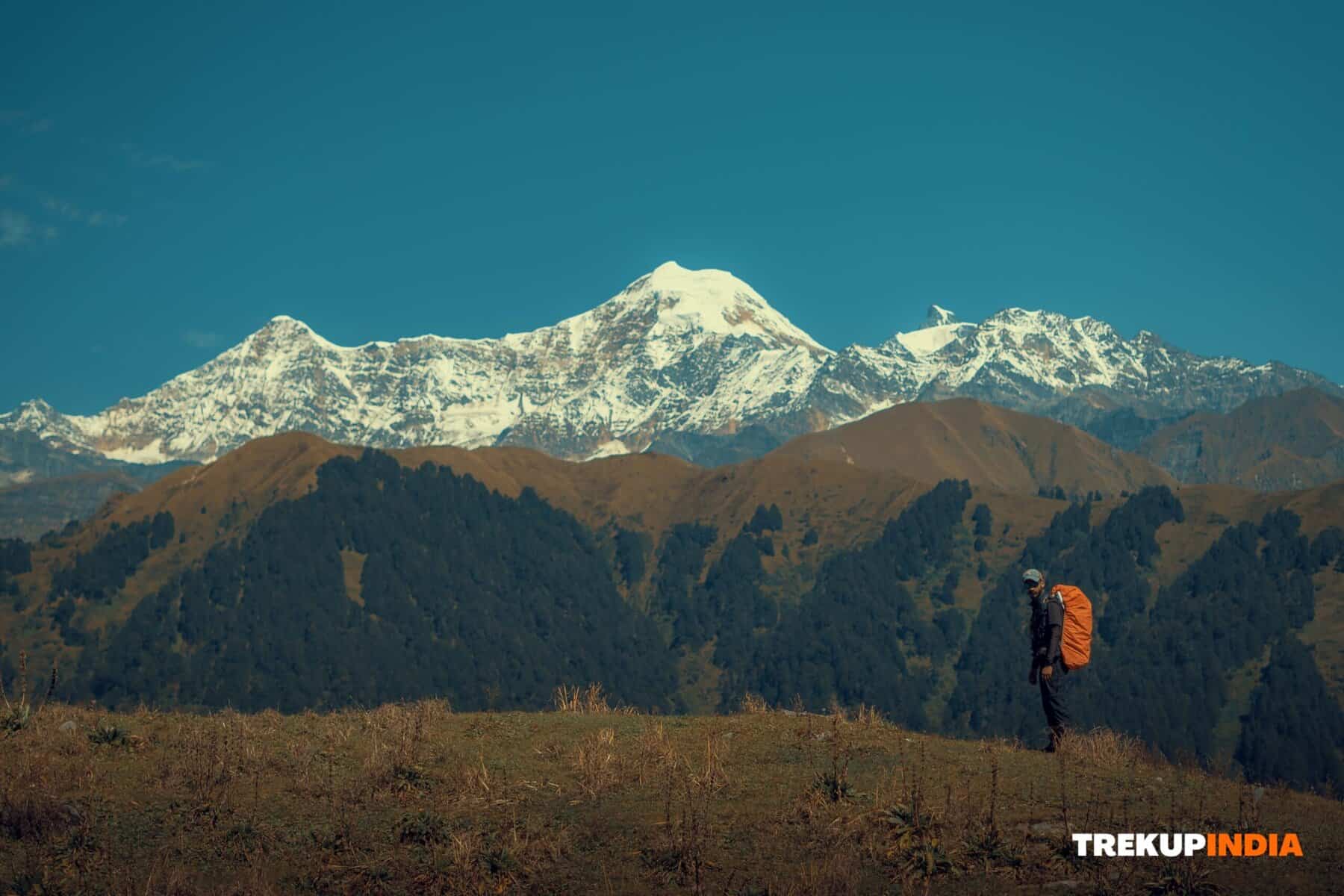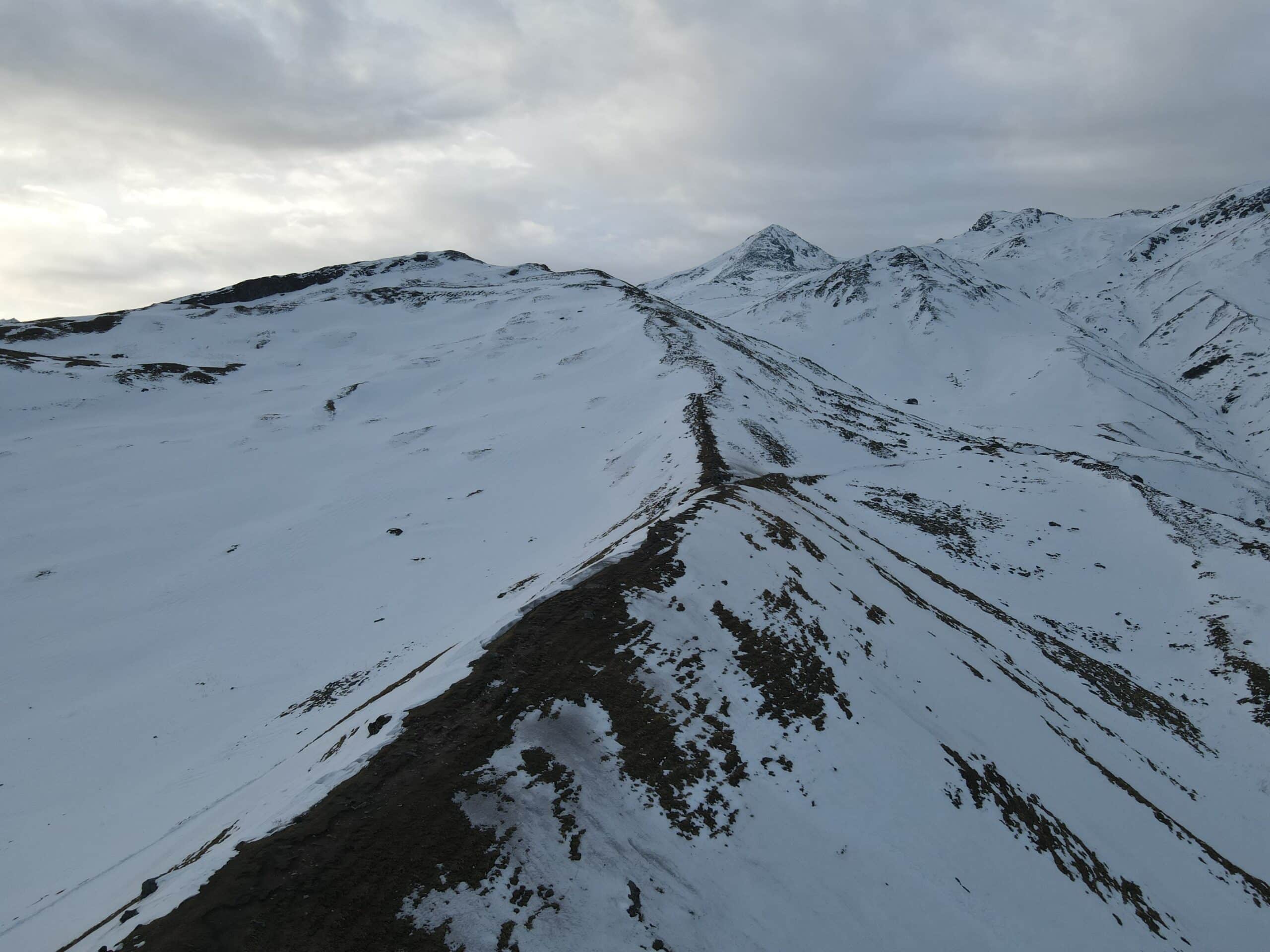Coping with Periods during a Trek: A Practical Guide
Embarking on a trek amidst nature’s beauty is an exhilarating experience, but managing periods during a trek can be a concern for women. Getting your period during a trek can be inconvenient, but it’s important to remember that it’s a natural part of a woman’s life. Periods is a natural and healthy process experienced by most women. Trekking during your period is safe and manageable with proper planning; however, with the right knowledge and preparation, enjoying a trek to the fullest and embracing your journey even during such a situation is possible. This blog will discuss practical tips and advice to help you navigate this situation easily and comfortably.
Coping with Periods during a Trek: A Practical Guide

Trekking is a physically demanding activity, and a menstrual period can put your body in a bit more challenging situation. Mountain challenges include harsh weather, altitude sickness, difficult access to emergency services, and a potential lack of resources, posing physical and logistical obstacles for climbers and hikers alike. But with proper planning and preparation, one can easily overcome these obstacles.
1. preparations
- Pack essential supplies: Ensure you pack Enough Sanitary products, tampons, pads, and menstrual cups based on your menstrual flow. Opt for products suitable for long-lasting use.
- Personal hygiene items: Carry wet wipes, Hand Sanitizers and disposal bags to maintain hygiene during the period on a trek. It’s crucial to stay clean to prevent any infections.
- Pain relief Medications: Carry over-the-counter pain relief medication in case of menstrual cramps.
- Consider natural remedies: Some women relieve menstrual cramps through natural remedies like hot water bottles or herbal teas. Pack these if they usually work for you.
- Choose Appropriate Clothing: Opt for moisture–wicking, comfortable undergarments and clothing to minimize discomfort. Loose, breathable fabrics can help you feel at ease.
2. Managing Health
- Stay Hydrated and Nourished: Proper hydration and nutrition can help ease menstrual discomfort. Drink plenty of water and consume healthy, nutritious, balanced meals to stabilise your energy level. Your body will sweat a lot while trekking, and your body glucose and hydration level can get low, so you have to ensure a minimum of 4 litres of water while on the trek. Incorporate regular rest stops into your trekking itinerary. These breaks will allow you to freshen up, change hygiene products and rest.
- Listen to your body: Pay attention to your body’s signals and take breaks when needed. Rest and allow yourself to recover during this time. If you feel excessively tired or uncomfortable, communicate it to your group and consider adjusting accordingly.
3. Managing Disposal
- Biodegradable Options: Use sanitary products or menstrual cups to minimize environmental impact.
- Proper Disposal: Responsibly dispose of used hygiene products by carrying biodegradable bags to pack them away. Leave no trace and respect the environment. Following eco-friendly practices and trekking regulations.
Conclusion
Trekking during your period doesn’t have to be daunting. With proper preparation, hygiene practices, and open communication, you can manage your menstruation comfortably and still enjoy your trek in the
beauty of the outdoors. Embrace the experience; let it empower you to conquer any challenge that comes your way. Remember, periods can be uncomfortable, but they shouldn’t keep you off the trail, and why should boys have all the fun?
Share this article
Want To Trek Like Pro?
Check out the following videos if you want to trek like a pro trekker and improve your skills. These videos contain helpful tips, tricks, and techniques to help you trek like a pro. Whether you’re a beginner or an experienced trekker, these videos can provide valuable insights to enhance your trekking experience. So, watch the videos below by Trekup India experts to take your trekking skills to the next level.
Know Everything About Acute Mountain Sickness
Acute Mountain Sickness is a medical condition that can occur when individuals travel to high altitudes, typically above 8,000 feet. It is caused by the decrease in air pressure and oxygen levels in the air as altitude increases. Symptoms of Acute Mountain Sickness may include headache, nausea, vomiting, dizziness, and difficulty sleeping. To avoid Acute Mountain Sickness, it is important to gradually adjust to high altitudes and seek medical attention if symptoms worsen. To learn more about this condition, check out the videos by Trekup India.






